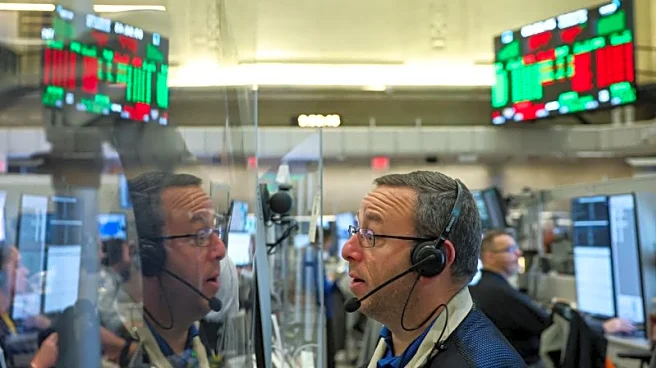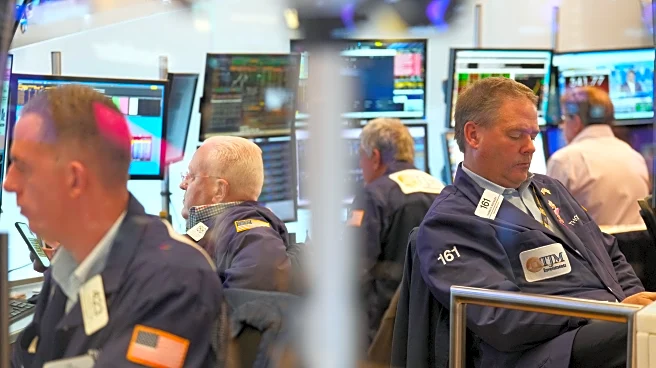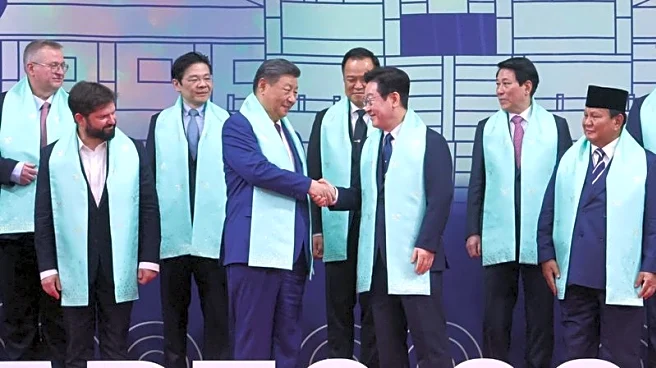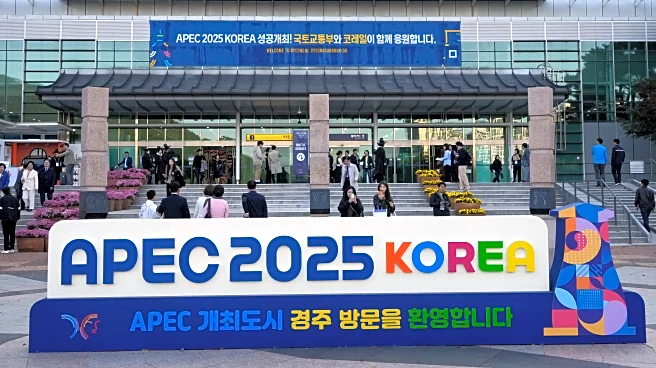What's Happening?
The global race for critical minerals has intensified, leading to a significant surge in U.S.-listed rare earths mining stocks. Over the past three months, shares of companies like Critical Metals, NioCorp
Developments, Energy Fuels, and Idaho Strategic Resources have seen substantial gains, with some stocks more than quadrupling in value. This boom is attributed to the strategic importance of rare earths in modern technologies, including electronics, electric vehicles, and military equipment. The geopolitical rivalry between the U.S. and China, particularly concerning China's near-monopoly on rare earths, has further fueled this market trend. Recent developments, such as a meeting between President Trump and Chinese leader Xi Jinping, have temporarily eased tensions, with China agreeing to delay export controls on these elements.
Why It's Important?
The surge in rare earths stocks underscores the growing importance of these minerals in the global economy, particularly in the context of technological advancement and clean energy solutions. The U.S. and other nations are increasingly focused on securing a stable supply of these critical materials to support industries ranging from defense to renewable energy. The current boom reflects both strategic policy support and speculative investment, highlighting the minerals' role in future economic and industrial strategies. However, the market remains volatile, with potential risks of overexuberance and speculative bubbles.
What's Next?
The future of the rare earths market will likely involve continued geopolitical maneuvering and strategic investments. The U.S. may pursue further domestic mining initiatives to reduce reliance on imports, while China could leverage its dominance in the supply chain. Investors and policymakers will need to navigate these dynamics carefully, balancing the need for resource security with the risks of market volatility.
Beyond the Headlines
The rare earths boom raises questions about environmental and ethical considerations in mining practices. As demand increases, there may be pressure to develop more sustainable and responsible extraction methods. Additionally, the geopolitical aspects of the market could lead to shifts in international relations and trade policies.













